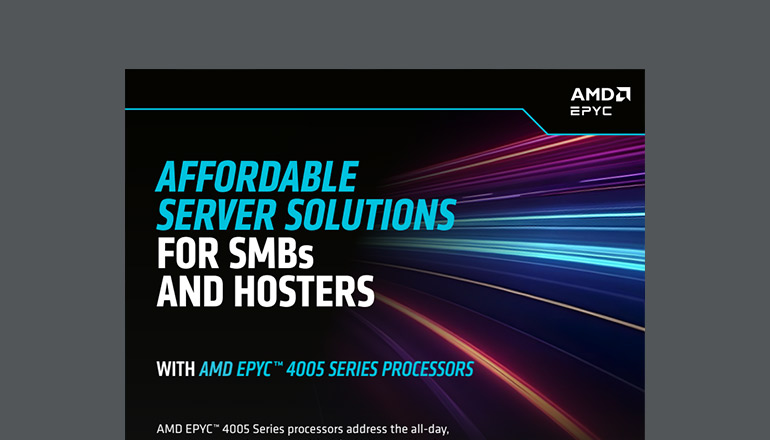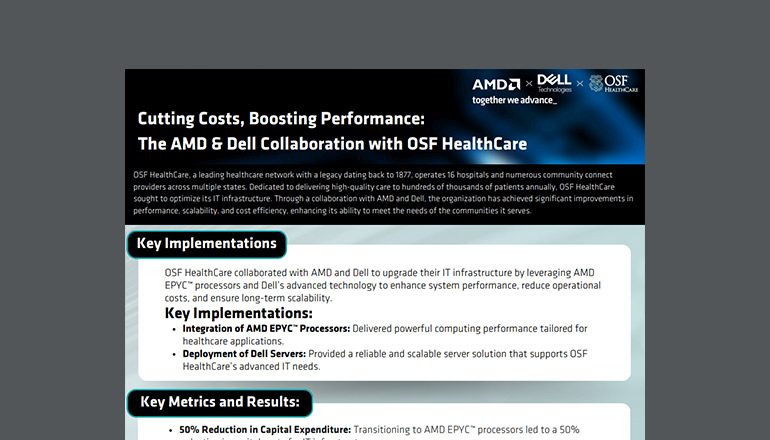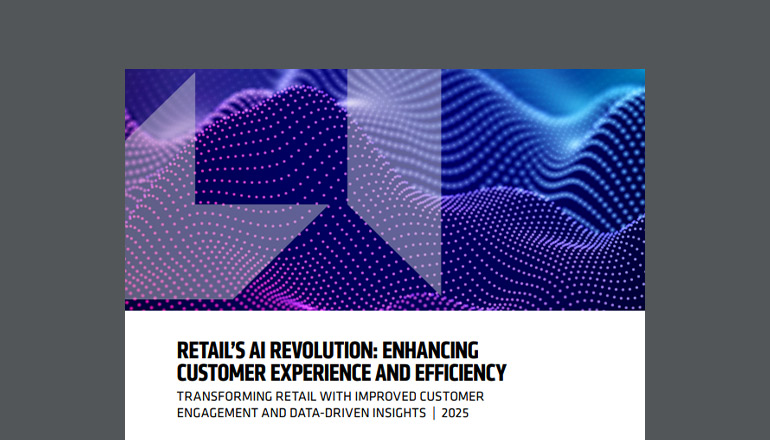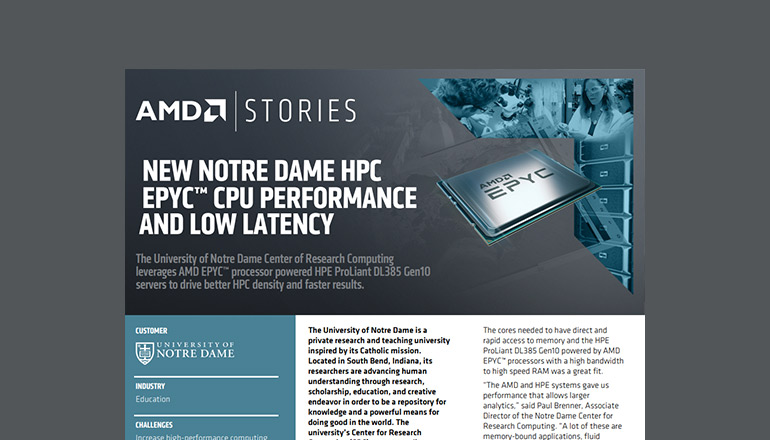Glossary What is Software-Defined Data Center (SDDC)?
By / 2 Jan 2023 / Topics: Virtualization Data center Modern infrastructure
A Software-Defined Data Center (SDDC), also known as a virtual data center, automates all resources and services within a data center, resulting in decreased manual processes, decreased management overhead costs and increased efficiency.
It offers greater flexibility of resources across on-premises and cloud-based data centers, providing easier migration of workloads within an IT environment. SDDC services support digital transformation goals. Benefits of SDDC are speed, flexibility, scalability and security.
The SDDC, also known as a virtual data center, builds on the concepts of virtualization by abstracting, pooling and automating all resources and services within a data center. This allows for the delivery of IT as a Service (ITaaS), similar to how the cloud enables Software as a Service (SaaS).
With an SDDC, all data center components, such as networking, storage, monitoring and management, are virtualized. The basic elements of an SDDC include:
- Software-Defined Networking (SD networking or SDN)
- Software-Defined Storage (SD storage or SDS)
- Software for management, monitoring, automation and orchestration
What the benefits of software-defined data centers?
One key benefit of the SDDC is a decrease in the need for manual processes, as well as the time savings that result. Because the SDDC lets companies configure, monitor and maintain data center components via a centralized interface, they don’t need to update hardware.
SDDC management is also easy; managers do not need to spend much time on routine tasks, so they can focus on efforts that are more valuable for the organization.
Another benefit is decreased management overhead costs. The SDDC lets enterprises pool data center resources and provision and deploy them as needed, resulting in increased efficiency and reduced operating costs.
Companies can consume network resources as services within an SDDC. This offers greater efficiency and agility. The flexibility of resources across on-premises and cloud-based data centers also provides easier migration of workloads within an IT environment.
The SDDC provides consistent visibility, security and control across platforms and common policy, governance and abstraction across heterogeneous environments.
Common obstacles of software-defined data centers
Challenges of virtual data centers, or SDDC, include:
- An increase in IT infrastructure complexity
- Greater operational risk
- Need to keep up with the fast pace of business
- Insufficient visibility into their networks, workloads and applications
- Rise in regulatory compliance requirements and audits
- Need for data centers to function without errors or downtime
What to consider before migrating to a software-defined data center
When considering an SDDC strategy, here are some things to think about at the organizational and IT operations level:
- Are current data center resources responding quickly enough to support business applications?
- Is the data center scalable and secure enough for existing and future applications?
- Does the IT department have good insight into east-west data center traffic and a complete understanding of all network traffic flows and security topologies?
- Is the organization leveraging cloud or multicloud resources?
- Are networking and security configurations consistent across all environments?
- Is network and security provisioning automated?
By giving thoughtful answers to these questions, many companies will likely come to the same conclusion: it’s time to move to a SDDC. Software-defined technology is a key to building a modern data center, which, along with cloud services, can provide the speed, flexibility, scalability, and security enterprises need to be truly digital businesses.




